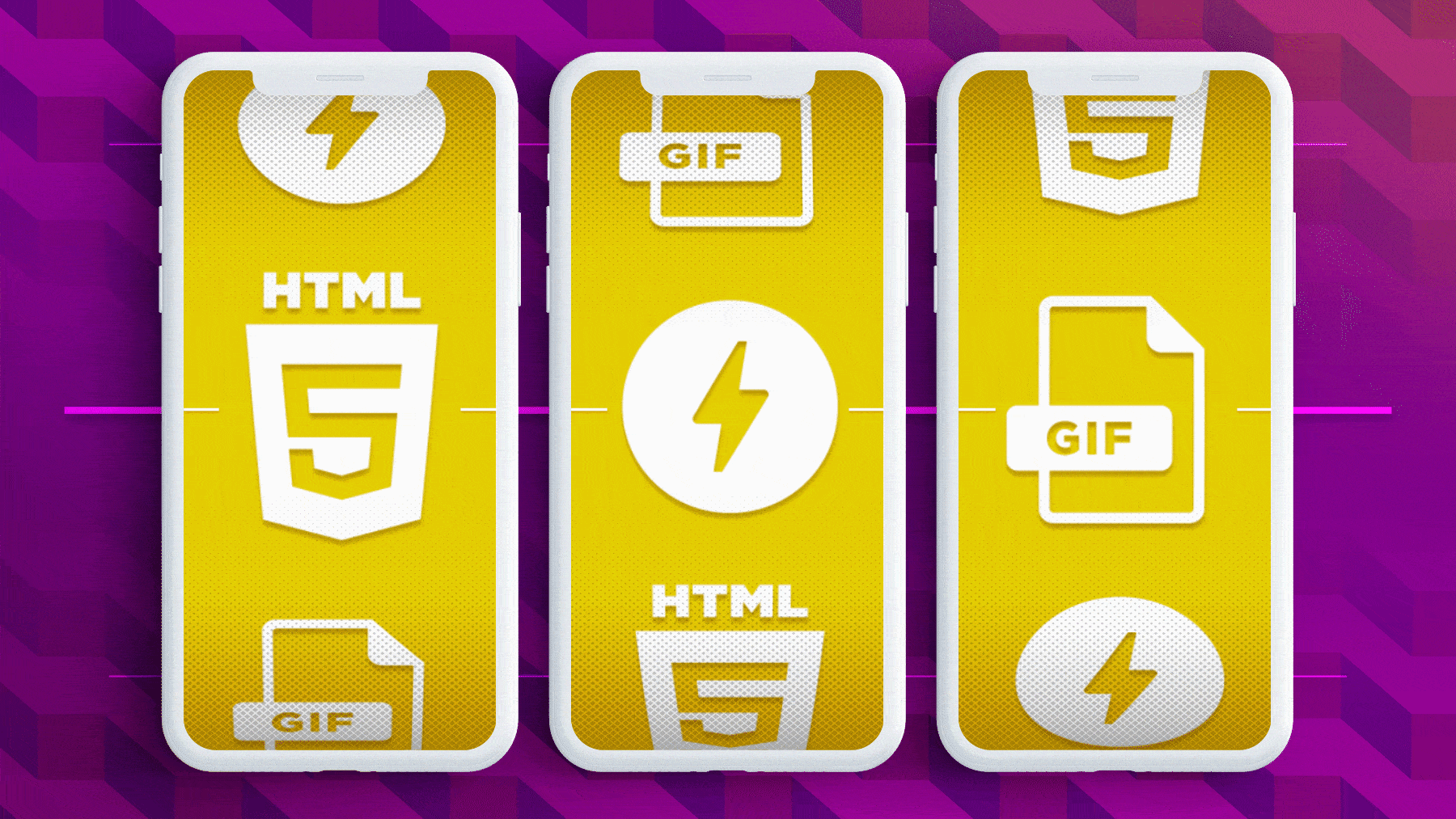
In the not so distant future, you wake up and begin your morning routine. Shower, eat, dress, brush your teeth and put your contact lenses in. After a few blinks, the lenses in your eyes begin to flicker. A digital display appears, floating in midair, populated with the day’s weather and your to-do list.
These are no ordinary contact lenses; these lenses are augmenting the world around. As you make your way to your driver-less car, you pull up your social media apps and the news with a few motions of your arms and hands. Pinching and tapping midair might seem awkward today, but in the next few decades might become commonplace. Just as pinching and tapping a screen when the first smartphones came to market.
Many were first introduced to the concept of augmented reality when Google introduced Google Glass, a simple headset with display and capturing capabilities. Since its existence, Google Glass has helped pave the path for everyday use. Even helping to address safety and privacy concerns, all while capturing life’s exciting and emotional moments.
While perfecting augmented reality is still years away, many have begun to develop existing technologies and software to create practical examples of an augmented workspace. This particular example, featured on Wired, shows how a team of developers during a Leap Motion hackathon, were able to create a working model. Using their gesture-recognizing kit and an Oculus Rift they were able to build a 3D environment and manipulate it with their hands. Showcasing what it might be like to work in offices with future “desktops.”
For the young and young at heart, game developers foresee a future where augmented reality will provide children with infinite possibilities of play and discovery; finally bridging the gap between imaginary carpet lava and digital lava. Tabletops and floors will turn into digital landscapes where users can build and destroy their creations. Outside, augmenting technologies will teach children what species of frog they just picked up or what constellation of stars they’re gazing at.
Doctors of the future will use augmented reality to provide higher quality medical care. Using feeds from companies such as Google, who want to use these types of technology to help monitor our health. During surgery, 3D displays will help surgeons with tasks and provide communication with nurses, anesthesiologists and even the patient’s family.
Even advertising agencies and their developers have come up with engaging ways to harness augmented reality. They’ve rejuvenated their printed ads with paired apps to showcase products, ideas, videos in a 3D environment. From the Star Wars App to Absolut Vodka App, companies are striving to make a personal connection with their audiences by taking advantage of the augmented experience.
Many believe augmented reality will cause us to become an even more distracted and inconsiderate species. Others envision these technologies as positive, life changing tools and toys. As time passes, developers and engineers are increasing the uses and capabilities of digital augmentation. Thankfully, we the users, are empowered to determine the role augmented reality will play in our future day-to-day lives.


